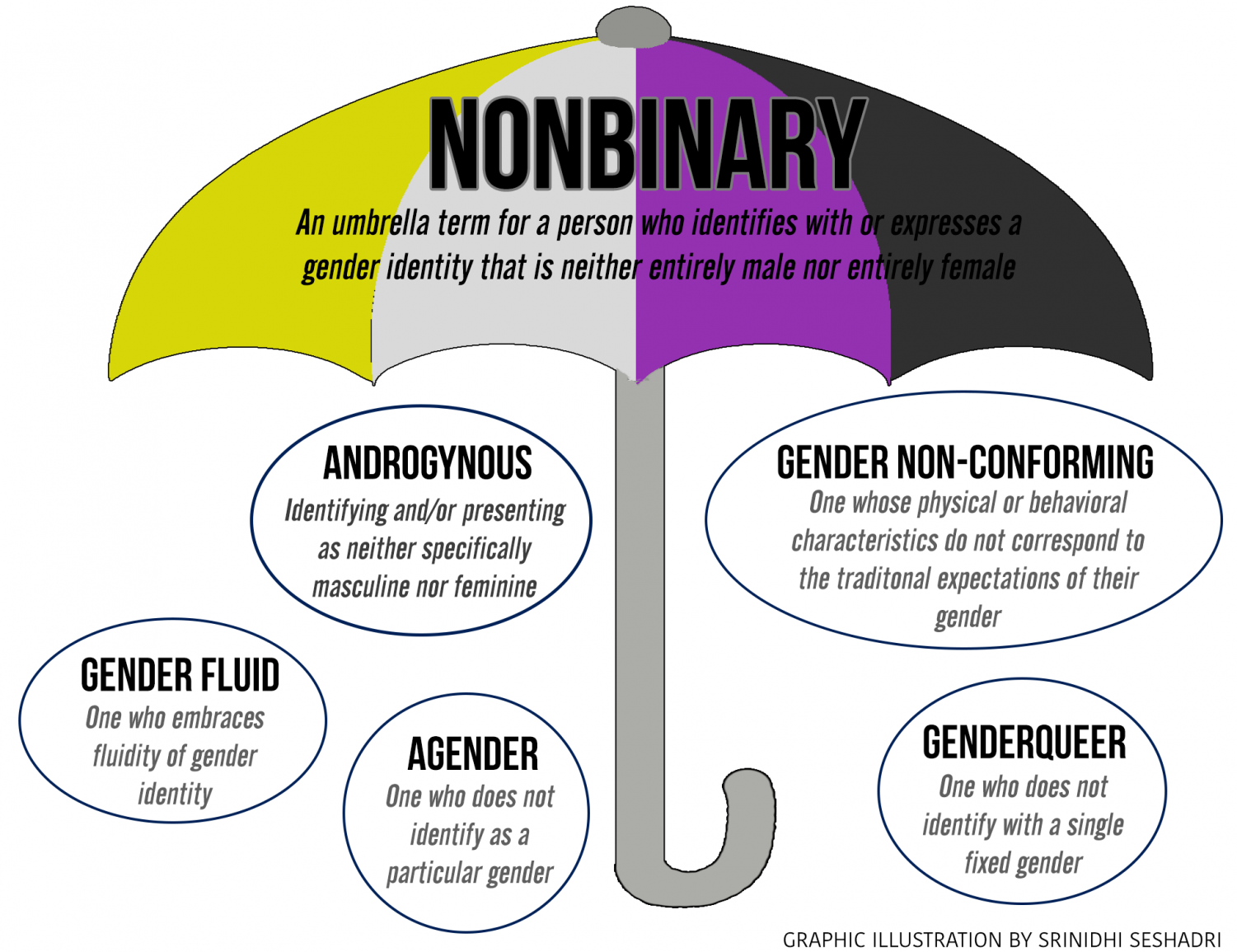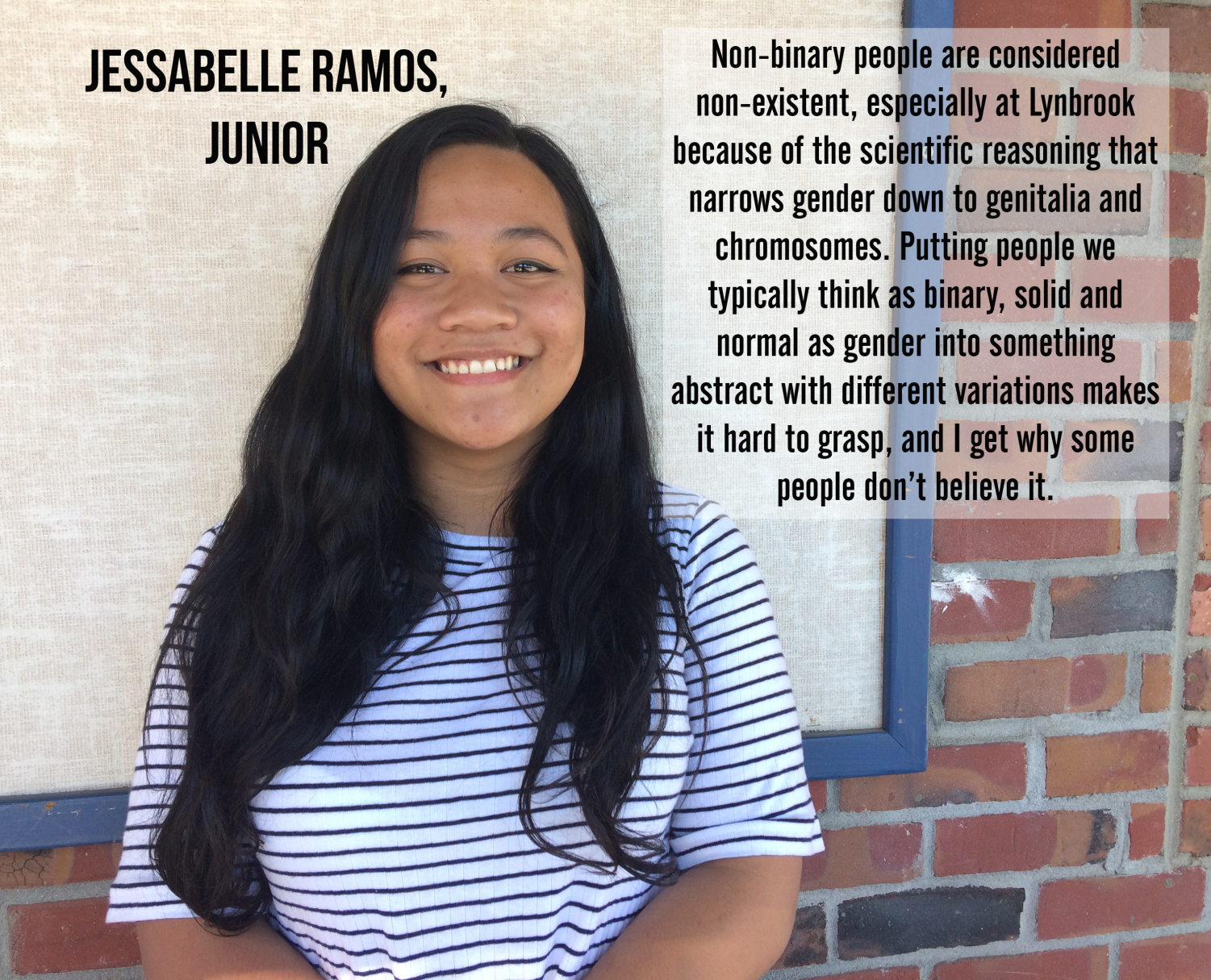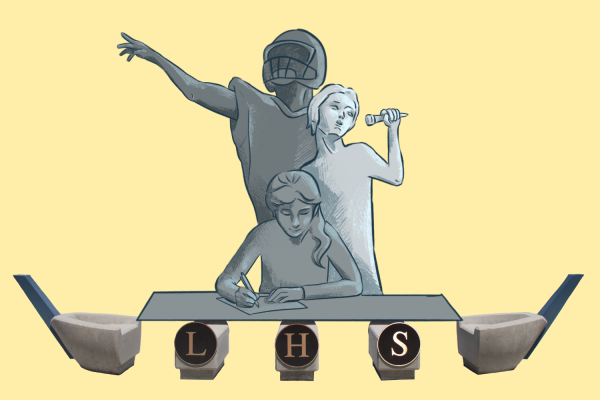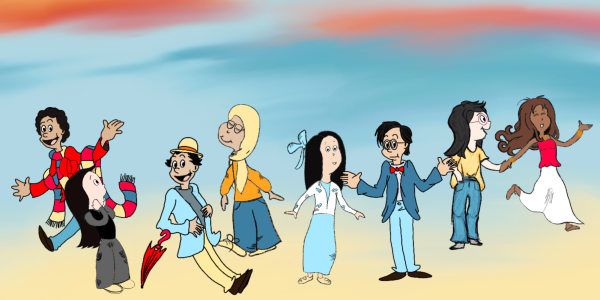California officially recognizes non-binary as the third gender
California achieved a historic feat by becoming one of the first states to offer the option to match legal documents to people’s identity, whether male, female or nonbinary. SB-179, otherwise known as the “Gender Recognition Act,” signed by Gov. Jerry Brown, will go into effect on Sept. 1, 2018.
The bill legalizes the third gender, Gender X, providing the gender option on driver licenses, state IDs and making it easier for residents to change their name and gender on state papers and birth certificates. The original process has been simplified by eliminating the need for a court order or proof of clinical treatment to apply for gender changes.
“This would help non-binary people feel more comfortable about themselves,” said junior Ariel Wang. “My friends will probably be able to get their legal documents to reflect what they are.”
By approving this bill, California joins other states such as Oregon and New York in the creation of a third gender option on driver licenses.

The law defines the word “non-binary” as an “umbrella term for people with gender identities that fall somewhere outside of the traditional conceptions of strictly either female or male.”
Many people, however, have an indifferent attitude toward non-binary people.
“I think it’s just not well known,” said junior Audrey Bordner. “There are no attitudes because people don’t know about it.”
With the passing of the FAIR Education Act, California has become the first state to implement the history of the LGBTQ+ community as part of the textbook curriculum for K-12 education. The purpose of the inclusion is to help kids and teenagers accept LGBTQ+ people as a part of the collective community and give a more realistic understanding of modern society.
For those who do not believe in the existence of a third gender, there may be some efforts via reforms such as the Gender Law and the FAIR Education Act to change this view.
“To make these reforms, it’s like reminding people of the fact that non-binary people exist, whether they agree or not,” said junior Jessabelle Delen. “It’s good to be exposed to things we might not agree with, because we warm up to it with time, or at least get used to its existence.”
Along with the bill come possible issues, one of the major concerns being the absence of an age limit and psychological oversight. Without an age limit, even minors can change their gender and name; however, they need the consent of at least one parent. Residents are also exempt from mandatory psychological oversight.
“Depending on the age, psychological testing may not be necessary,” said Gender and Sexuality Alliance (GSA) adviser Denise Stuart. “Because usually by the time that a young person is nearing adulthood and they consider changing these things, you very well know your gender identity and your sexual orientation. The legal name and gender change only affirm what you believe in your heart and mind.”
There may also be conflicts with the Transportation Security Administration with the screening of nonbinary people. Consequently, some believe that the third gender marker on legal documents may be considered invalid.
A recent clash between the LGBTQ+ community and the authorities was fueled by President Donald Trump’s tweet declaring that the administration planned to reduce the number of transgender people in the military due to the “tremendous medical costs and disruption,” undoing former president Barack Obama’s decision to allow transgender people to serve in the military and causing controversy in the media.
Despite the setbacks and the opposition from many, members of the LGBTQ+ community celebrate this huge step forward in recognizing the third gender as an officially documented identity.
Q & A with Mrs. Stuart
Question: How do you think this bill might affect you, or any people you know?
Answer: My own child is non-binary. So, when we went for a name change, the SCC court asked if they (Forest Stuart) wanted to declare a name change and gender change. But at the time, all they had for choices were male or female; so no Gender X. Now, it’s kind of nice that they actually have that choice because I think more people are identifying as non-binary, genderfluid, ie, they don’t identify strictly within the male/female binary.
Question: What has the United States’ attitude been toward the LGBTQ community historically and presently?
Answer: Historically, we had very strict religious rules with regard to either sexual or lifestyle roles. So there’s a longstanding history at least in the US, dating back to the Puritans, of strict gender roles in our society. Other societies, such as the indigenous peoples of Hawaii, Polynesia, India, Bangladesh, etc. all have a more inclusive view of gender roles; where they recognize multiple gender variants.
Student Opinions
\



Hatim is a senior at Lynbrook. He came to the States in August 2016, so he's learning many new things here. He works part-time at Starbucks and loves getting...































































